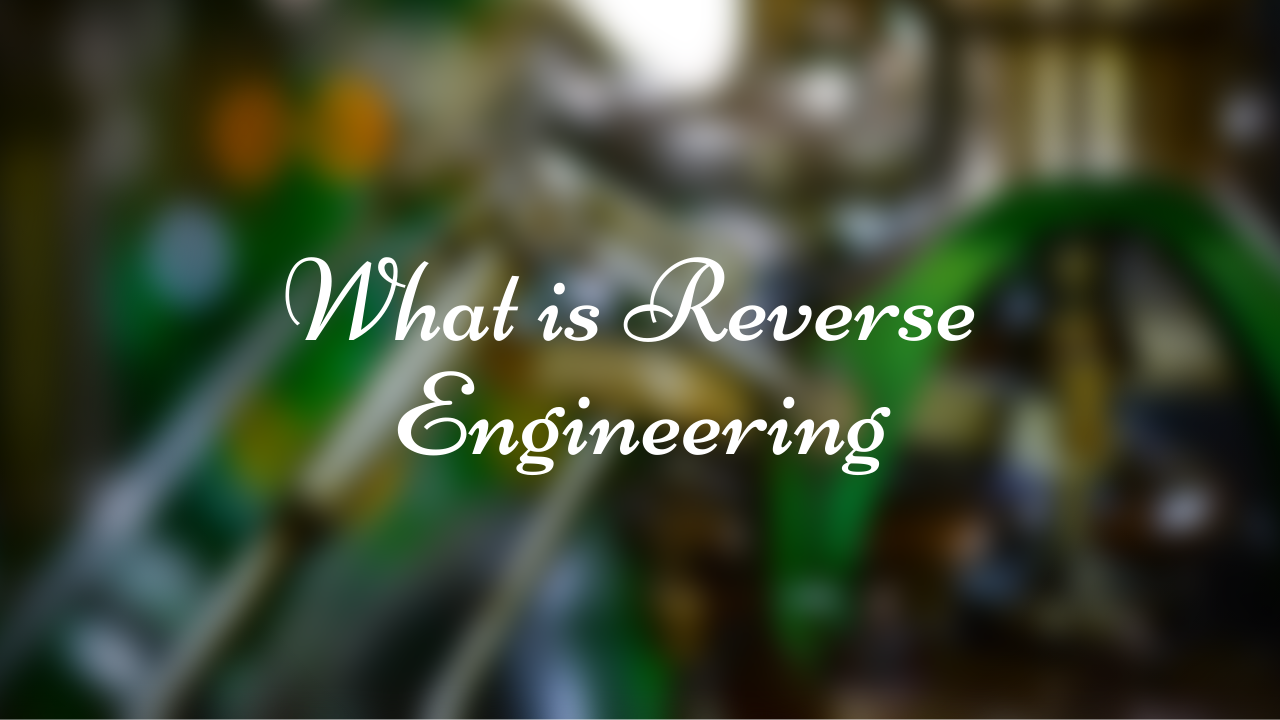Photogrammetry: -
It’s the most common process being used now a days which aids in reverse engineering. It’s a process of collecting information about 3d shape of an object by analysing or processing different pictures or photographic images of it.The 3D data is provided as a 3D point cloud, 3D mesh or 3D points. Modern photogrammetry softwareautomatically processes digital images for 3D construction, however if software is not capable enough to make 3d model by automatically solving the positions of the photos, manual interaction may require. Various softwares are available for this purpose: -
Ex: - Autodesk ReCap, PhotoModeler, Geodetic Systems and RealityCapture
3D scanning Technology
3d scanning technology is a process of collecting data of a real-world physical object about its size shape colour etc. later on it can be utilized to construct 3d model. The measured data is usually represented as a point cloud which lacks topological and design information. It can be further recovered by converting the point cloud to a triangular mesh. For this purpose, a 3d scanner (kind of tool) is used. It is based on different technologies each has its own benefits, limitations and costs. For example, 3d scanner which uses optical technology may have to face difficulties with shiny, reflective and transparent objects. Whereas structured-light 3D scanners are best for constructing digital 3D models, without even destructive testing. These devices are extensively used in the entertainment industry, in the production of movies and video games including virtual reality. This also includes augmented reality, gesture recognition, robotic mapping, motion capture, industrial design, orthotics and prosthetics, reverse engineering and prototyping, quality control/inspection and the digitization of cultural artifacts.
How does it Aid Reverse Engineering?
The process Reverse engineering of components involves collecting the 3d position data in the point cloud using 3d scanners or by computed tomography (CT). The first step is to create parametric surface patches of the representing geometry of the part in terms of surface points. Then on triangular or polygonal mesh is created from the point cloud by using reverse engineering softwares. Then polymesh is refined i.e., NURBS (Non-Uniform Rational B-Spline) curves, or NURBS surfaces are then on exported to CAD softwares for further processing, analysing, and for generation of cutter tool paths for computer aided anufacturing. Thus, the CAM softwares then can produce the same physical part as scanned.
These triangular mesh like .STL or polymesh can be easily reworked or edited in CAD softwares for further product development. Hybrid modelling is also a commonly used term when NURBS and parametric modelling both together are implemented. By using a combination of the geometric and freeform surfaces provides a powerful method of 3D modelling. To create a hybrid model, areas of freeform data is combined with exact geometric surfaces.
Types of 3d Scanners
These can be classified as: -
• Contact
• Non-Contact
These are the types of 3d Scanners based on above classification: -
• A CMM (coordinate measuring machine) is an example of a contact 3D scanner. It requires contact with the object being scanned.
• The time-of-flight 3D laser scanner is an active type scanner which use laser light to probe the object.
• Triangulation based 3D laser scanners are also a type of active scanners which uses laser light to probe the environment
• Conoscopic 3d Scanners, it uses conoscopic holography technology.
• Hand-held laser scanners
• Structured-light 3D scanner
• Modulated light 3D scanners
• Stereoscopic 3d scanner it uses stereoscopic vision technology like human eye. It’s a type of passive type 3d scanner






No comments:
Post a Comment